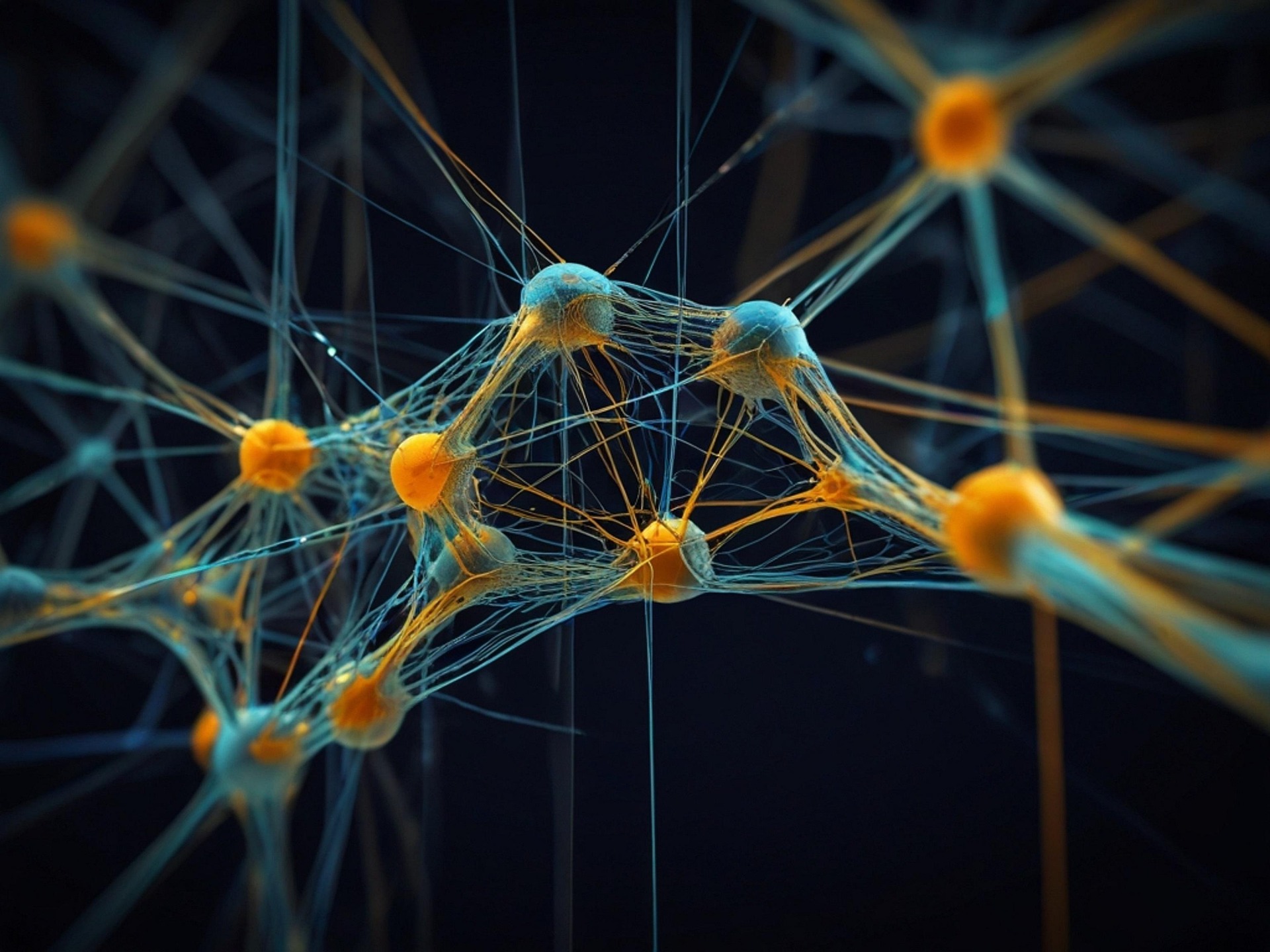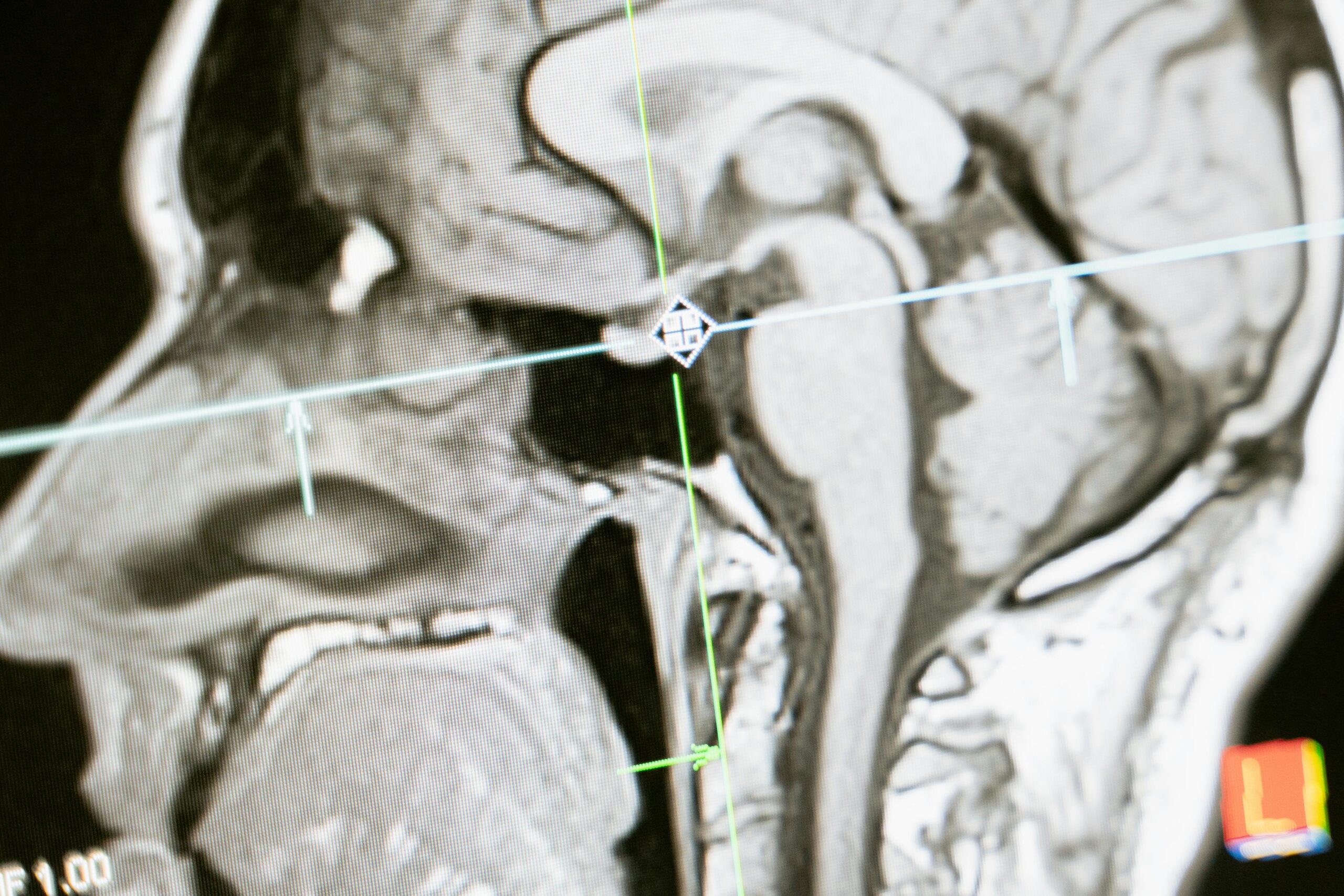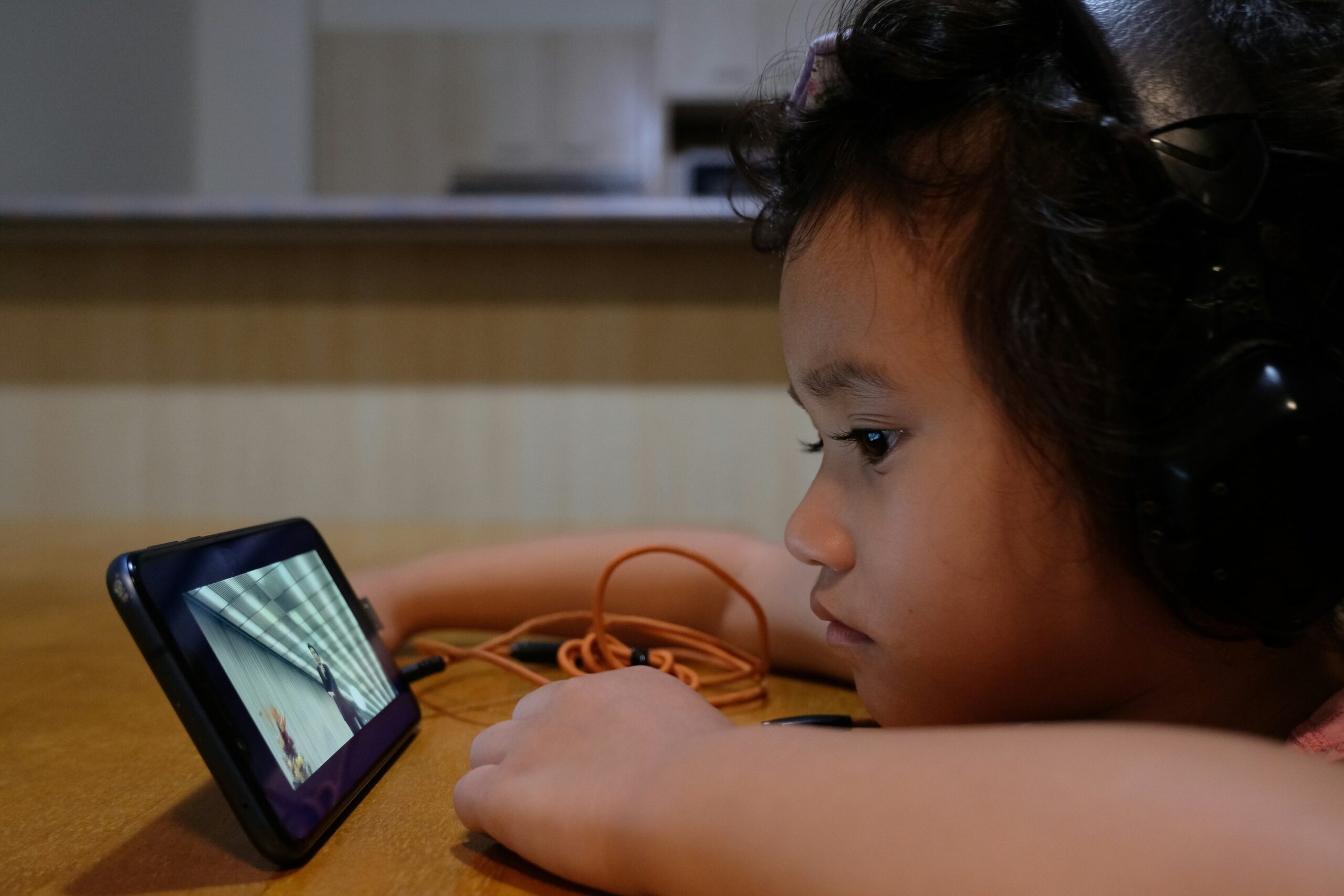A major breakthrough in brain-computer interface (BCI) technology has restored the ability to communicate for a 47-year-old woman who lost her speech following a severe stroke. For the first time, a brain implant has been successfully used to translate neural activity into spoken words in near real-time, marking a significant step forward in assistive neurotechnology. This advancement has the potential to transform the lives of individuals with speech impairments, offering a more natural and fluid means of communication.
The science behind the breakthrough
The brain implant consists of a highly sensitive array of electrodes placed on the surface of the woman’s brain, specifically targeting regions associated with speech production. Unlike previous systems that relied on slower text-based outputs, this implant enables direct speech synthesis. By capturing neural signals when she attempts to form words in her mind, the device transmits the data to an AI-driven system, which then converts those signals into spoken language.
What makes this breakthrough remarkable is the speed at which it operates. Existing technologies for individuals with speech impairments, such as eye-tracking keyboards or slower BCI systems, have significant delays between thought and output. This new implant significantly reduces that lag, allowing for a more conversational and natural flow of speech. The AI model was trained using old recordings of the woman’s voice, enabling the system to replicate her original tone, inflection, and speech patterns.
Advancements in AI and neural decoding
A key component of this achievement is the integration of advanced machine learning algorithms capable of interpreting complex neural signals with high accuracy. Traditional BCIs often require extensive calibration, but this new system leverages deep learning models that continuously improve with use. The AI not only translates brain signals into text but also reconstructs the rhythm and prosody of natural speech, making the generated voice sound more human and expressive.
Neuroscientists and engineers involved in the project believe that refining these models will further enhance the fluidity and accuracy of the system. Future iterations may include the ability to convey emotions, adjust speech speed dynamically, and recognize nonverbal cues, making communication even more intuitive.
Implications for individuals with speech disorders
This technology could revolutionize communication for individuals with conditions such as amyotrophic lateral sclerosis (ALS), locked-in syndrome, traumatic brain injuries, and other neurological disorders that impair speech. Unlike traditional augmentative communication devices, which often involve typing or slow selection methods, this BCI allows for real-time speech generation, restoring a crucial aspect of human interaction.
For many individuals with severe speech impairments, existing assistive technologies can be frustrating due to their slow response times and robotic-sounding voices. This new approach not only enhances speed but also restores a sense of identity by allowing users to speak in a voice that closely resembles their own.
Future prospects and challenges
While this breakthrough represents a major milestone, researchers acknowledge that there is still work to be done before the technology becomes widely available. Current challenges include refining the electrode implantation process, ensuring long-term stability of neural connections, and improving the AI’s ability to interpret a wider range of speech patterns.
In the future, non-invasive versions of this technology may be developed, allowing individuals to benefit from BCI-assisted speech without requiring surgical implantation. Researchers are also exploring ways to expand the system’s capabilities, such as enabling multi-language processing or integrating it with smart home devices for more comprehensive assistance.
As brain-computer interfaces continue to evolve, this innovation marks a major step toward restoring lost communication abilities, bringing renewed independence and social interaction to those who have been unable to speak.





